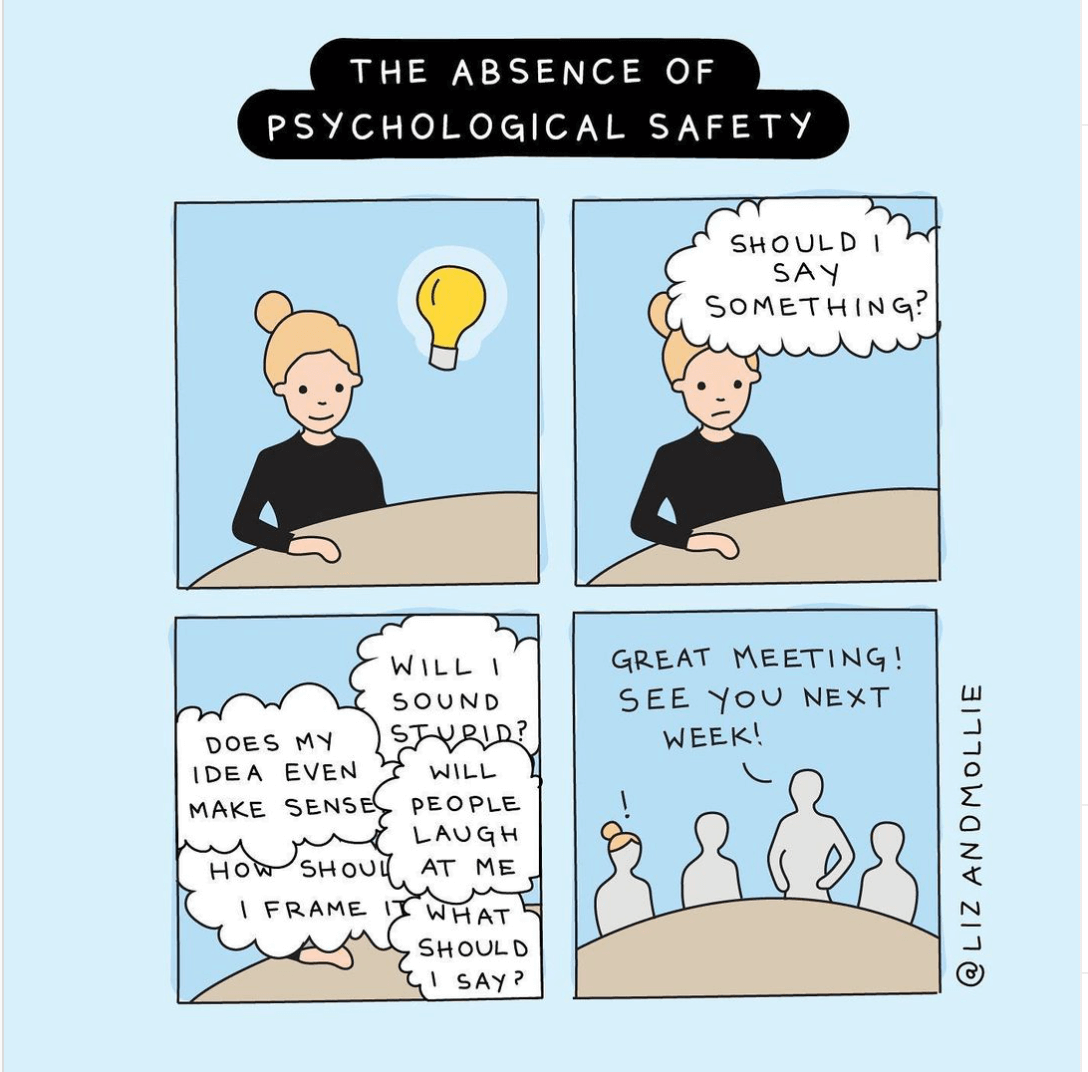
The 3 Pillars to Managing a Healthy Customer Service Team in 2021 (and Beyond)
Managing a successful customer service team isn’t easy.
And while playbooks exist to guide you to success (like this one), your team is unique.
The approach that works for your closest competitor might flop when you test it with your agents. With dozens of personalities, different working styles and skillsets, managing a successful team takes tons of intention.
As a leader in your contact center, you have to spend time defining what success looks like for your team. Then, you have set the foundation and lay the building blocks to help your agents reach that pinnacle of success.
The good news is, no matter the team, whether tenured or new, spunky or practical, three pillars exist to help you build a rock-solid foundation for success.
Today, we’re talking through the three pillars you need to manage a healthy customer service team in 2021 and beyond.
People
Have you ever been to the chiropractor to fix a problem that could’ve been handled with a daily yoga routine? (don’t @ me.)
When you don’t take care of your backbone, you wind up spending lots of time and money fixing bigger issues that could’ve been avoided if you prioritized regular care.
Well, your people are the backbone of your business. When you don’t prioritize your people, you wind up at the chiropractor. And wow, what a pain. What’s worse? When you neglect your people for too long, your backbone breaks.
Managing a successful customer service team starts with a keen focus on the people you lead. Then, they’ll take care of the customers you serve.
Here are three factors to consider as you care for the people on your team.
Psychological safety
The most successful teams feel safe at work. A two-year study out of Google measured what high-performing teams have in common, and the number one factor was psychological safety.

“Studies show that psychological safety allows for moderate risk-taking, speaking your mind, creativity, and sticking your neck out without fear of having it cut off — just the types of behavior that lead to market breakthroughs.”
– Laura Delizonna for HBR
To help your team feel safe at work, encourage autonomy. Don’t force your agents to follow strict scripts and adhere to impossible policies. Instead, give your team guardrails while they help customers. Let each agent decide how they can help customers while staying in the guardrails.
Then, make team meetings a safe space to share what your agents tested in conversations with customers. What worked? And, what didn’t? Open up a forum for your agents to share their successes and struggles. The more you encourage open and honest communication, the safer your team will feel, and the better they’ll perform.
[Read Next] 5 steps to change the stereotype that customer service has to be terrible
Collaboration
Collaboration is critical to the success of your people. So, make it easier for your team to share their ideas, ask questions and support one another. Our friend and CX expert Laura Sikorski shared two ways to make collaboration easier for your service team:
- Go beyond traditional internal communications. Think bigger than regular town halls, video chats, and instant messaging. How else can your team reach out to you for help or phone a friend when a customer has a million-dollar question? Do your agents have paths to subject matter experts in other departments when they’re stumped? And, how can you share feedback, faster, to help your agents learn from their most recent interactions? Ask yourself how you can support better collaboration among your team members and with other departments.
- Set-up communication channels for employees to collaborate. Open communication is one of the key ways to build psychological safety with your team. When you’re thinking through how to improve communication in your contact center, focus on streamlining your efforts to make it easier for your agents to talk to each other.
Create a #kudos channel on Slack or Teams to build your agents up. Have breakout sessions before and after team meetings where agents can jump in and talk to their peers and supervisors about issues or ideas they have. Don’t ditch (or reschedule) your 1:1s, so agents can have honest conversations with you.
Coaching
We talk about coaching. A. LOT. That’s because the best managers are great coaches. The recipe for managing a successful customer service team is one part manager to three parts coach (at least).
Gallup found companies who strategically invest in employees see 11% greater profitability. Plus, they’re twice as likely to retain employees. And, managers like you play the biggest role in employee development.
“And since people are more likely to learn and grow when they receive immediate feedback that is specific and targeted to their development, managers become the perfect people to coach employees and link them to practical learning and action.”
Put coaching at the top of your priority list. Give your agents and supervisors regular feedback to spur growth. Use metrics and data to support your coaching conversations. Drill down into interactions and give specific and targeted instruction to improve. And, open up coaching conversations and ask how you can better support your agents, too.
[Learn More] Build coaching into your daily workflow with Sharpen
Process
Remember when we talked about guardrails above? Well, your operational processes act as the guardrails for your agents. They set the standard for how your agents get things done.
Your processes define how your agents complete tasks, from how they clock in to how many warnings they get before a pink slip. Managing a successful customer service team requires that 1). You have defined processes to help your agents reach contact center goals. And 2). You document those processes as a reference point for your team.
As you define processes for your team, make sure each one links up to your contact center goals and intended business outcomes. Your processes shouldn’t act as roadblocks in your agents’ day, but rather the roadmap to help them work more efficiently and effectively.
Here are a few example processes to define for your team:
Action
|
Intended Outcome
|
Step-by-Step Process
|
|---|---|---|
| Transferring calls | Help the customer find a resolution | 1. Identify the customer’s goals – do they need to pay their bill, process a return or get help with a broken product? Listen to the customer and ID why they’re reaching out for help.
2. Troubleshoot the problem with the customer – Spend time trying to resolve their issue before passing off the call. 3. Think through the considerations – did the customer ask to speak to a manager, did they call the wrong department, have you tapped into all your available resources and still can’t help them? 4. Transfer the call to the right person to solve the customer’s problem. |
| Shift Bidding | Switch shifts with peers to gain needed flexibility in your schedule | 1. At the start of each month, evaluate your schedule and see if you need to put any shifts up for bid. Do you have a dance recital to attend, doctor’s appointments to go to, or prior commitments?
2. Post the shifts you want your peers to bid on in a community forum. 3. Communicate proactively with your peers about which shifts they’ll take over, and how you can work with them to swap for more hours later on. 4. Once you’ve vacated a shift notify supervisors and managers so they can keep WFM up to date. |
| Employee PIPs | Address low employee performance and build an action plan for improvement | 1. Clearly communicate and document goals and target metrics to each agent at the beginning of each quarter.
2. Surface daily performance metrics to agents so they can keep track of their progress toward contact center goals. 3. Have regular 1:1 conversations with each agent to address consistent negative behavior trends and missed metrics. 4. Coach agents with specific feedback to help them improve their missed KPIs.Continue to address performance and progress in weekly 1:1s. 5. Draft a PIP to review in your next 1:1 if performance conversations show no improvement, and agents don’t follow coaching advice. 6. Give the agent a 30, 60, or 90-day window to improve performance following the PIP. |
Technology
To deliver the best possible service to your modern customers, you need the right set of tools. But, remember, this is the last piece of the puzzle to managing your customer service team. You can have the coolest tech in town, but without the right people and processes in place, your customer service still suffers.
That said, technology helps you gain efficiency in your processes, support your coaching efforts and prioritize your people.
So, as you strategize for 2021 and beyond, use these questions from our friend and expert Laura Sikorski (and more from our RFP Template) to evaluate your current tech stack:
- Do my agents have quick access to information and the authority to make decisions so they can address customer needs and concerns?
- Do my agents understand how to use the technology and contact center systems we have in place?
- Can your current platforms help you ID and deliver learning opportunities to agents?
- Do your agents have access to daily performance data?
- Do your systems support omnichannel service?
- Can you collect data from every channel and customize your reporting?
- Do your current systems integrate to share customer information?
Your tech will either help you or stop you from managing a successful customer service team. Don’t leave it out of the equation.
[Download Now] 101 questions to help you on your next RFP

